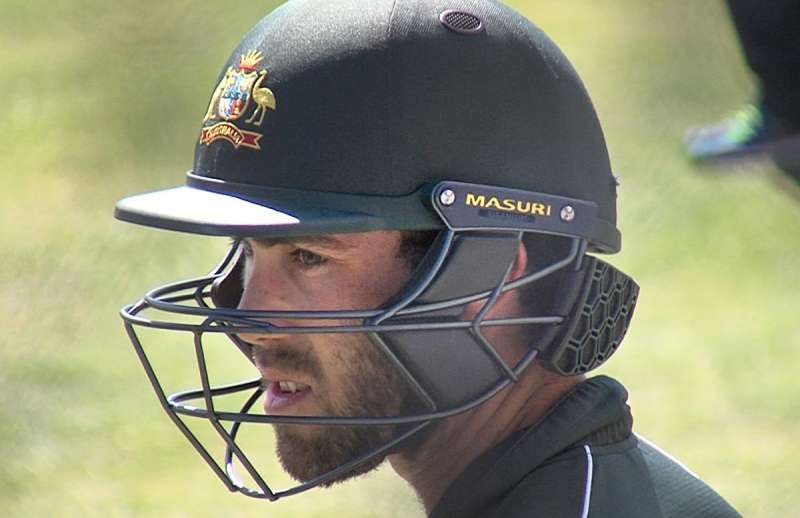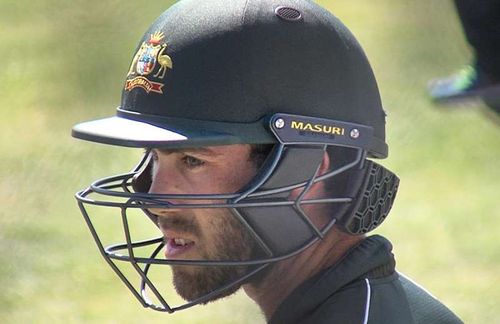
Top 5 changes in cricket gear since the 80s
Cricket is a dynamic sport and changes are a must for the game in order to survive. Test cricket was succeeded by ODI cricket and T20 cricket is currently the talk of the town. With the flow of time, several revamps were attributed due to the concerns rising up in the game.
Technology has advanced and its association with cricket is of prime importance. Both are inextricable from each other. With the advancement of technology, cricket has become easier for the players. There is also the requirement for increased safety and a whole host of changes have been brought into the game.
We look back at some of the major changes made in the sport when compared to the 80s.
1) Helmets
It has happened innumerable times that a batsman got struck on the head and collapsed on the ground, wincing in pain. The helmet is therefore considered an extremely important part of the cricketing gear. The likes of Nari Contractor, Raman Lamba and Phillip Hughes could have prolonged their career had their headgears had a bit more of technical brilliance.
Since the 1980s, helmets have seen several alterations in terms of design and protection. Ventilation problems, vision issues and reaction times were the major causes that triggered several changes.
Moulded plastics or man-made fibers, set in resins are now the major ingredients for manufacturing helmets. The visor is composed of steel, which guards the head till the ears. The strap is strong enough to not let the helmet loosen its grip on the head. Ventilation has more or less been smooth.
Nevertheless, Phillip Hughes’ death prompted further variations as he was hit on the back of the head, which is unprotected by the helmet. The Australian Cricket board made it compulsory for its players to wear helmets while facing pace bowling and also during keeping wickets and fielding close-in.
Masuri, a British helmet manufacturing company, came up with a new version of the helmet. It has a clip-on-guard formed of foam and plastic and it protects the batsman’s back of the neck. The 2015 World Cup witnessed its introduction through the likes of Kumar Sangakkara.
